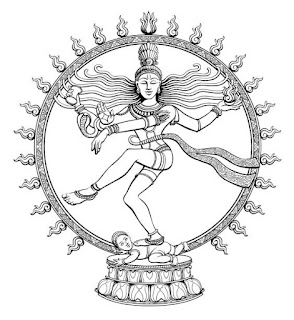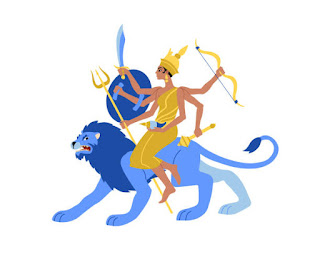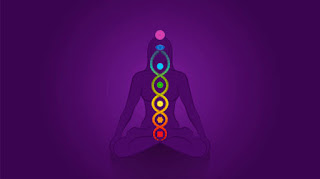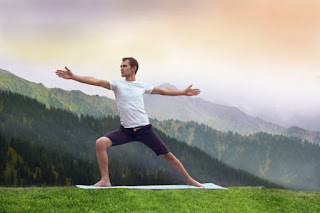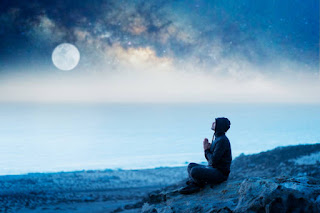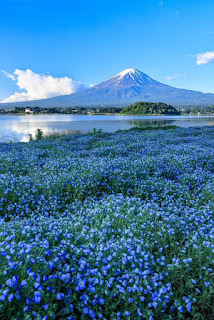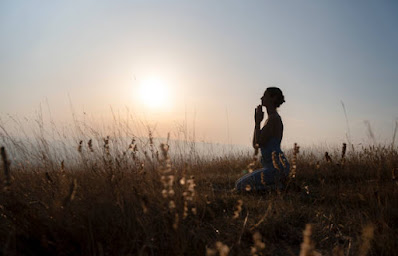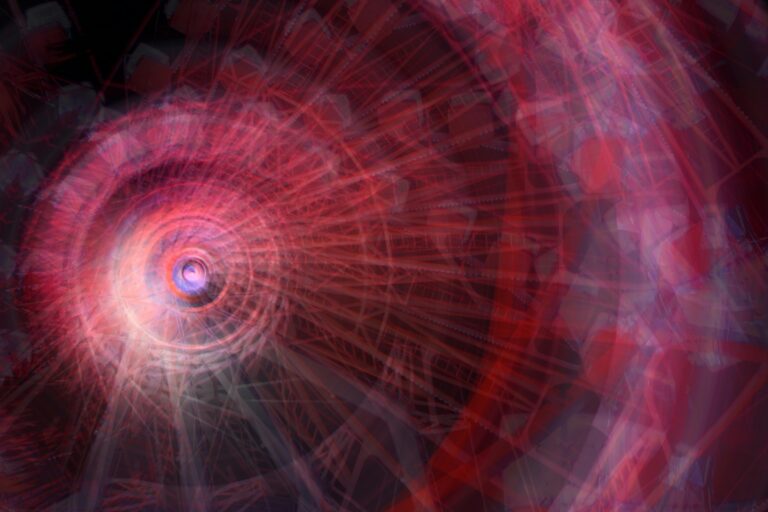The Profound Tapestry of Yoga, Mythology, and Archetypes
Yoga is a vast and intricate tradition that does more than unite the mind and body. It serves as a spiritual and philosophical system that intertwines with mythology and the timeless symbols known as archetypes. This connection transforms yoga into a journey of self-exploration, where each practice and teaching is steeped in allegorical wisdom and the archetypal energies that shape our collective human experience. Let’s unfold the deeper layers of this tradition and explore how mythology and archetypes enrich the path of yoga.
The Myths and Legends That Shape Yoga Philosophy
Yoga is intimately connected to the myths of ancient India, with sacred stories that convey spiritual principles and illuminate the human experience. These myths serve as both inspiration and a reminder of the cosmic forces at play in our personal and spiritual evolution.
The Wisdom of the Deities
In yogic mythology, deities like Shiva, Vishnu, and the goddesses Durga and Kali are not merely religious figures but powerful archetypes embodying universal truths. Shiva, known as the Adi Yogi (the first yogi), symbolizes the dissolution of ignorance and the ultimate transformation of consciousness. His dance as Nataraja, the cosmic dancer, represents the cycle of creation, preservation, and destruction that we experience in both the physical world and in the internal journey of growth and letting go. Similarly, Vishnu, the preserver, embodies the energy of balance and sustenance, appearing in various avatars, such as Krishna and Rama, to restore cosmic order.
Goddess Energy and Shakti
The divine feminine energy, or Shakti, is a potent force in yoga philosophy. Goddesses like Durga, who rides a lion into battle to defeat the demon Mahishasura, embody strength, courage, and protection. Kali, the fierce mother goddess, is both fearsome and compassionate, representing the destruction of the ego and the liberation that follows. Saraswati, the goddess of wisdom and creativity, symbolizes the flow of knowledge and the arts. These goddesses reflect the various aspects of feminine power and can be invoked in practice to cultivate the corresponding qualities within ourselves.
Allegorical Epics
The Ramayana and the Mahabharata, two great Hindu epics, are filled with allegorical meanings. The Ramayana tells the story of Rama and Sita, symbolizing the virtues of honor, love, and devotion, while also exploring the struggles of moral dilemmas. The Mahabharata, with the Bhagavad Gita as its philosophical heart, addresses the inner battle between higher and lower self, with Arjuna’s doubts and Lord Krishna’s wisdom serving as a reflection of our spiritual conflicts and the guidance we seek in yoga.
The Archetypes Within Us: A Psychological and Spiritual Connection
Archetypes are universal patterns and energies that exist in the collective unconscious, as described by Carl Jung. These archetypal forces are embedded in yogic philosophy and can be consciously worked with in practice to evoke transformation.
The Warrior Archetype
One of the most celebrated archetypes in yoga is the Warrior. Virabhadra, the fierce warrior created by Shiva in a moment of rage, is honored through the Warrior poses (Virabhadrasana I, II, and III). These poses do more than strengthen the body; they ignite inner resilience, focus, and the courage needed to face life’s challenges. The story of Virabhadra teaches us about harnessing our strength in service of a higher purpose, turning anger into purposeful action.
The Sage Archetype
Yoga is also deeply connected to the archetype of the Sage, the wise figure who seeks inner truth. This is seen in figures like Patanjali, the legendary author of the Yoga Sutras, who systematized the practice of yoga as a path to self-realization. The Sage energy invites contemplation, meditation, and the pursuit of knowledge, guiding us toward wisdom and enlightenment.
The Lover and Devotee
In Bhakti Yoga, the path of devotion, the Lover archetype is prominent. It emphasizes the pure, heartfelt connection to the divine and can be seen in stories of Radha and Krishna, whose love transcends the physical and symbolizes spiritual union. The archetype of the Devotee also appears in the tales of Hanuman, the monkey god, whose unwavering devotion to Lord Rama represents selfless service and surrender.
Archetypes and the Chakras: Mapping Energetic Realms
Each of the seven chakras, or energy centers, in the human body connects to different archetypes, reflecting various aspects of our psyche and spiritual development.
- Root Chakra (Muladhara): The root chakra represents our foundation and is linked to the archetype of the Survivor or the Mother. It governs our basic needs for safety, stability, and connection to the earth. Working with the root chakra can help us heal issues related to security and cultivate a sense of groundedness in life.
- Sacral Chakra (Svadhisthana): Associated with the archetype of the Creator or Lover, the sacral chakra is the seat of creativity, pleasure, and emotional expression. This energy center invites us to explore our desires, embrace our sensuality, and tap into our creative potential.
- Solar Plexus Chakra (Manipura): The solar plexus chakra is linked to the Warrior and the Ruler, governing willpower, personal strength, and self-confidence. It empowers us to take action and manifest our intentions with clarity and determination.
- Heart Chakra (Anahata): The heart chakra embodies the archetype of the Healer or the Lover, emphasizing unconditional love, compassion, and emotional healing. It is where the divine and human meet, fostering a deep sense of interconnectedness and empathy.
- Throat Chakra (Vishuddha): This chakra corresponds to the archetype of the Communicator or Storyteller, governing self-expression, truth, and authenticity. Activating this chakra helps us speak our truth and share our experiences in a way that resonates with others.
- Third Eye Chakra (Ajna): Linked to the Seer or Intuitive, the third eye chakra enhances our ability to perceive beyond the physical realm. It fosters inner vision, wisdom, and the capacity to understand the deeper truths of existence.
- Crown Chakra (Sahasrara): The crown chakra is associated with the archetype of the Guru or Mystic, representing spiritual connection and enlightenment. It is the gateway to higher consciousness and unity with the divine.
The Role of Asanas and Archetypal Stories
Every yoga posture has a story, a symbolic meaning that transcends the physical realm. These poses are an invitation to embody archetypal energies and explore the deeper lessons they offer.
Animal Archetypes
Many asanas are inspired by animals, such as Cobra Pose (Bhujangasana), which evokes the serpent’s archetype of transformation and renewal. Practicing this pose encourages us to shed old patterns and awaken a new sense of awareness. Downward-Facing Dog (Adho Mukha Svanasana) connects us to the grounded, instinctual energy of the dog, fostering a sense of playfulness and stability.
Sage and King Poses
Asanas like Sage Pose (Marichyasana) or King Dancer Pose (Natarajasana) honor legendary sages and divine figures. Marichi, one of the great sages, represents the archetype of inner wisdom, while Natarajasana, dedicated to Shiva’s dance, symbolizes the balance between discipline and freedom. These poses are gateways to understanding the balance of effort and surrender in our practice and our lives.
The Cosmic Dance of Shiva
The story of Shiva as Nataraja, the cosmic dancer, is a reminder of the impermanence of life. His dance represents the rhythms of creation and destruction, teaching us to embrace change and the cycles of birth, life, death, and rebirth. Practicing the poses associated with Shiva’s energy invites us to let go of attachments and find freedom in the flow of existence.
Mythology and Kundalini Awakening
Kundalini Yoga is a practice rooted in the awakening of Kundalini energy, symbolized as a serpent coiled at the base of the spine. This serpent archetype has a rich mythological history that spans cultures and represents profound transformation.
Kundalini Energy and Spiritual Awakening
The serpent archetype is found in many cultures, from the ancient Egyptians’ depiction of the uraeus (the cobra on the pharaoh’s crown) to the Mesoamerican feathered serpent Quetzalcoatl. In yoga, the awakening of Kundalini is a sacred process that brings the practitioner from ignorance to enlightenment, mirroring the archetypal journey of the seeker or the mystic. As the Kundalini energy rises through the chakras, it activates different archetypal energies, leading to spiritual awakening and expanded consciousness.
The Hero’s Journey and the Yogic Path
The Hero’s Journey, a concept introduced by Joseph Campbell, closely mirrors the spiritual path of yoga. It is a universal narrative that describes the journey of self-discovery, growth, and transformation.
The Call to Adventure
In the Hero’s Journey, the protagonist hears the call to leave behind the familiar and venture into the unknown. This is akin to the moment a person decides to begin their yoga journey. The mat becomes the arena where inner battles are fought, fears are confronted, and self-discovery unfolds.
Trials and Mentors
On the path of yoga, practitioners face physical and emotional challenges that serve as trials testing their resolve and commitment. These trials mirror the obstacles that the Hero encounters in mythological stories, requiring courage and self-reflection. Mentors appear in the form of spiritual teachers, gurus, or even the inner wisdom that arises through meditation and self-inquiry. Just as Krishna guides Arjuna in the Bhagavad Gita, offering counsel and insight, the teachings of yoga guide practitioners to align with their higher purpose.
The Dark Night of the Soul
Many yogic journeys include a period of deep struggle or crisis, akin to the Hero’s “dark night of the soul.” This phase can involve facing unresolved trauma, old wounds, or spiritual confusion. In yoga, practices like deep meditation, shadow work, and exploring archetypal energies like Kali (the goddess of transformation) support this difficult yet transformative process. It’s through this journey into the shadow that profound growth and awakening occur.
Return and Integration
The Hero’s Journey concludes with the return home, carrying the wisdom gained and integrating it into daily life. In yoga, this phase represents embodying the lessons learned on the mat, such as compassion, presence, and resilience, and bringing these qualities into relationships, work, and self-expression. The yogic journey is ongoing, and each cycle of practice deepens one’s connection to self and the universe, continually evolving and integrating.
Inclusivity of Archetypes from Different Cultures
While Hindu mythology is foundational to yoga, the practice can draw from diverse cultural archetypes, enriching the spiritual landscape of yoga and making it accessible to a broader audience.
The Morrigan
The Morrigan, a Celtic goddess associated with war, prophecy, and sovereignty, is a powerful archetype for exploring shadow work and themes of transformation. Her energy can be integrated into yogic practices focused on releasing fear and embracing personal power. Warrior poses, combined with visualization or meditation on the Morrigan, can support the cultivation of inner strength and courage.
Greek and Roman Archetypes
The archetypes from Greek mythology, such as Athena (wisdom and strategic thinking) and Hestia (hearth and inner sanctuary), can also inform one’s practice. For example, invoking Athena’s wisdom might inspire a practice centered on focus and mental clarity, while connecting with Hestia can guide restorative or yin yoga practices centered on cultivating inner warmth and stability.
Cross-Cultural Wisdom
Yoga invites practitioners to honor the universal archetypal energies present in all cultures, recognizing that the essence of these symbols transcends geographical and cultural boundaries. This inclusivity allows practitioners to explore different spiritual dimensions and enrich their practice with a deeper, more diverse understanding of human experience.
Seasonal and Astrological Archetypes in Yoga
Yoga also connects to natural cycles and astrological archetypes, aligning practices with the rhythms of the earth and cosmos.
Seasonal Archetypes
Practicing yoga in harmony with the seasons taps into the archetypal energies associated with each time of year. Spring embodies the archetype of the Rebirth or Visionary, emphasizing renewal, growth, and new beginnings. Practices in this season may focus on heart-opening and dynamic flows that celebrate vitality. Summer connects to the Warrior archetype, channeling strength, energy, and abundance. Autumn represents the archetype of the Wise One, inviting introspection and release, while winter embodies the Hermit, fostering deep rest, reflection, and the inner journey. Seasonal alignment helps to balance our energy and keep us in sync with nature’s cycles.
Astrological Influences
The moon phases and astrological cycles can also guide yoga practices. New moons, associated with new beginnings and intentions, are a powerful time for setting goals through grounding practices and meditative visualizations. Full moons, on the other hand, symbolize release and illumination, perfect for restorative yoga and rituals of letting go. Astrological signs, with their unique qualities, further influence how practices can be structured. For instance, a practice under a fire sign like Aries might include energizing, strength-building flows, while a water sign like Pisces encourages gentle, introspective movements and deep meditation.
The Sacred Dance of Mythology, Archetypes, and Yoga
Yoga’s connection to mythology and archetypes is a profound and endless exploration. These layers transform the practice into more than just physical postures or relaxation techniques. They offer a sacred journey into the human psyche, the mysteries of the universe, and the divine energies that guide us.
By engaging with mythological stories, embodying archetypal energies, and aligning with natural and cosmic rhythms, practitioners can experience a practice that is deeply spiritual and transformative. Whether invoking the courage of a warrior, the wisdom of a sage, or the compassion of a goddess, yoga invites us to explore the fullest expression of who we are and the universal truths that connect us all.
In essence, yoga is a living tradition that continues to evolve, inviting each of us to become heroes on our own spiritual journey, guided by the timeless wisdom of mythology and the ever-present archetypal energies that reside within.
